Impact de l'exercice sur la fertilité : quelle est la quantité excessive ?

Trouver le bon équilibre entre votre corps et les objectifs de votre bébé
L'exercice est un outil puissant pour la santé : il améliore l'humeur, stimule la circulation, régule la glycémie et favorise l'équilibre hormonal. Mais en matière de fertilité, plus n'est pas toujours mieux. Il est essentiel de trouver le juste équilibre. Aux Reproductive Centers of America (RCA), on se pose souvent la question suivante : « Quelle est la quantité d'exercice excessive lorsque l'on essaie de concevoir ? » La réponse ? Cela dépend de votre corps, de votre cycle et de votre style de vie uniques.
🏃♀️ The Benefits of Moderate Exercise for Fertility
Moderate, consistent activity has been shown to:
- Improve ovulatory function, especially in those with PCOS
- Reduce insulin resistance and inflammation
- Enhance circulation to the reproductive organs
- Regulate cortisol and support mental health
- Support healthy BMI and hormonal balance
- Improve outcomes during IVF or other treatments
Examples of fertility-friendly movement:
- Brisk walking
- Yoga or Pilates
- Swimming
- Strength training with moderate intensity
- Cycling (non-competitive)
- Low-impact aerobics
Aim for 150 minutes per week of moderate exercise unless otherwise advised by your provider.
When Exercise Might Hurt More Than Help
Too much or too intense exercise can lead to:
- Irregular or absent periods (amenorrhea)
- Suppressed ovulation
- Lowered progesterone levels
- Poor embryo implantation
- Increased risk of miscarriage in extreme endurance training
- In men, overtraining can reduce testosterone and sperm count
High-intensity workouts (HIIT, long-distance running, CrossFit, competitive sports) may need to be reduced or temporarily modified, especially during the luteal phase or during IVF cycles.
The Role of Stress and Cortisol
Excessive exercise can increase cortisol levels, which may disrupt ovulation and interfere with the delicate hormonal balance required for conception. Your body interprets extreme stress (even from overtraining) as a signal that conditions aren’t ideal for pregnancy.
So, What’s the Right Amount?
Every body is different. But here’s a general guide:
Activity Level Fertility Impact: Sedentary may impair insulin sensitivity and hormone functionModerate (3–5x/week)Supports hormone balance and ovulationIntense daily workoutsMay suppress ovulation, lower progesteroneCompetitive/elite trainingCan interfere with implantation and cycles
Listening to Your Body Is Key
Ask yourself:
- Am I feeling energized or depleted after workouts?
- Are my cycles regular?
- Am I experiencing low libido or fatigue?
- Is exercise a form of self-care—or self-pressure?
If fertility is your goal, sometimes less intensity and more intention is the best approach.
RCA’s Approach
We assess not just lab results, but lifestyle. Our team works with each patient to create a realistic, personalized plan that supports fertility without sacrificing mental or physical health. That includes nutrition, movement, and stress management.
🏃♀️ The Benefits of Moderate Exercise for Fertility
Moderate, consistent activity has been shown to:
- Improve ovulatory function, especially in those with PCOS
- Reduce insulin resistance and inflammation
- Enhance circulation to the reproductive organs
- Regulate cortisol and support mental health
- Support healthy BMI and hormonal balance
- Improve outcomes during IVF or other treatments
Examples of fertility-friendly movement:
- Brisk walking
- Yoga or Pilates
- Swimming
- Strength training with moderate intensity
- Cycling (non-competitive)
- Low-impact aerobics
Aim for 150 minutes per week of moderate exercise unless otherwise advised by your provider.
When Exercise Might Hurt More Than Help
Too much or too intense exercise can lead to:
- Irregular or absent periods (amenorrhea)
- Suppressed ovulation
- Lowered progesterone levels
- Poor embryo implantation
- Increased risk of miscarriage in extreme endurance training
- In men, overtraining can reduce testosterone and sperm count
High-intensity workouts (HIIT, long-distance running, CrossFit, competitive sports) may need to be reduced or temporarily modified, especially during the luteal phase or during IVF cycles.
The Role of Stress and Cortisol
Excessive exercise can increase cortisol levels, which may disrupt ovulation and interfere with the delicate hormonal balance required for conception. Your body interprets extreme stress (even from overtraining) as a signal that conditions aren’t ideal for pregnancy.
So, What’s the Right Amount?
Every body is different. But here’s a general guide:
Activity Level Fertility Impact: Sedentary may impair insulin sensitivity and hormone functionModerate (3–5x/week)Supports hormone balance and ovulationIntense daily workoutsMay suppress ovulation, lower progesteroneCompetitive/elite trainingCan interfere with implantation and cycles
Listening to Your Body Is Key
Ask yourself:
- Am I feeling energized or depleted after workouts?
- Are my cycles regular?
- Am I experiencing low libido or fatigue?
- Is exercise a form of self-care—or self-pressure?
If fertility is your goal, sometimes less intensity and more intention is the best approach.
RCA’s Approach
We assess not just lab results, but lifestyle. Our team works with each patient to create a realistic, personalized plan that supports fertility without sacrificing mental or physical health. That includes nutrition, movement, and stress management.









